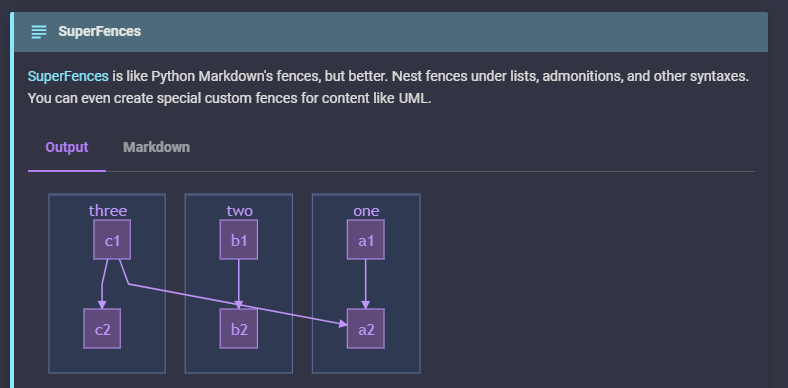Technical Diagramming
Online Diagramming Tools¶
Since I don't have a licence for Visio I tend to use the popular drawing tool diagrams.net which is an excellent and highly flexible open source, online, desktop and container-deployable diagramming tool.
More about diagrams.net
diagrams.net used to be called draw.io.
It lets you create a wide range of diagrams, from simple tree and flow diagrams, to highly technical network, rack and electrical diagrams.
It’s a free, online diagram editor and viewer with a wide variety of shapes, icons, connector and templates to help you get started quickly. It’s also feature-rich–experienced diagrammers will feel at home.
It aims to provide free, high quality diagramming software for everyone, and disrupt the diagramming industry in the process.
You can deploy diagrams.net in a docker container for secure diagramming in your company behind your firewall.
If you're a user of diagrams.net / draw.io then have a look at my page on how to Import Shapes into Draw.io
Diagrams-as-Code¶
Mermaid.js is a syntax that allows you to use text to describe and automatically generate diagrams. You can generate flow charts, UML diagrams, pie charts, Gantt charts, and more.
As a developer, I prefer to describe data structures and processes using text wherever I can so that I can more easily use version control systems to track the history of my diagrams.
You can use the Mermaid Live Editor to learn the syntax.
Amazingly, Mermaid can also be imported into Diagrams.net:
Diagramming in Markdown¶
Having learned the Mermaid syntax, I can also used it on my website without exporting diagrams into an image file first, or taking a screenshot!
So that this!
```mermaid
graph TD
A[Client] --> B[Load Balancer]
B --> C[Server01]
B --> D[Server02]
```
Becomes this!
graph TD
A[Client] --> B[Load Balancer]
B --> C[Server01]
B --> D[Server02]As I mention elsewhere, I use MkDocs to generate this website into HTML from a textual format called MarkDown. An extension for Python Markdown called SuperFences allows textual representations of diagrams in formats such as the Mermaid format mentioned above to be rendered directly into the page, simply by adding it to the MarkDown document. SuperFences is part of the PyMdown Extensions project which itself is bundled with Material for Markdown
Here are the examples from the Diagrams.net blog post to show that they work in MkDocs too!
Mermaid Examples¶
Flowchart¶
graph TD
A(Coffee machine <br>not working) --> B{Machine has power?}
B -->|No| H(Plug in and turn on)
B -->|Yes| C{Out of beans or water?} -->|Yes| G(Refill beans and water)
C -->|No| D{Filter warning?} -->|Yes| I(Replace or clean filter)
D -->|No| F(Send for repair)Gantt Chart¶
gantt
title Example Gantt diagram
dateFormat YYYY-MM-DD
section Team 1
Research & requirements :done, a1, 2020-03-08, 2020-04-10
Review & documentation : after a1, 20d
section Team 2
Implementation :crit, active, 2020-03-25 , 20d
Testing :crit, 20dUML Class Diagram¶
classDiagram
Person <|-- Student
Person <|-- Professor
Person : +String name
Person : +String phoneNumber
Person : +String emailAddress
Person: +purchaseParkingPass()
Address "1" <-- "0..1" Person:lives at
class Student{
+int studentNumber
+int averageMark
+isEligibleToEnrol()
+getSeminarsTaken()
}
class Professor{
+int salary
}
class Address{
+String street
+String city
+String state
+int postalCode
+String country
-validate()
+outputAsLabel()
}
